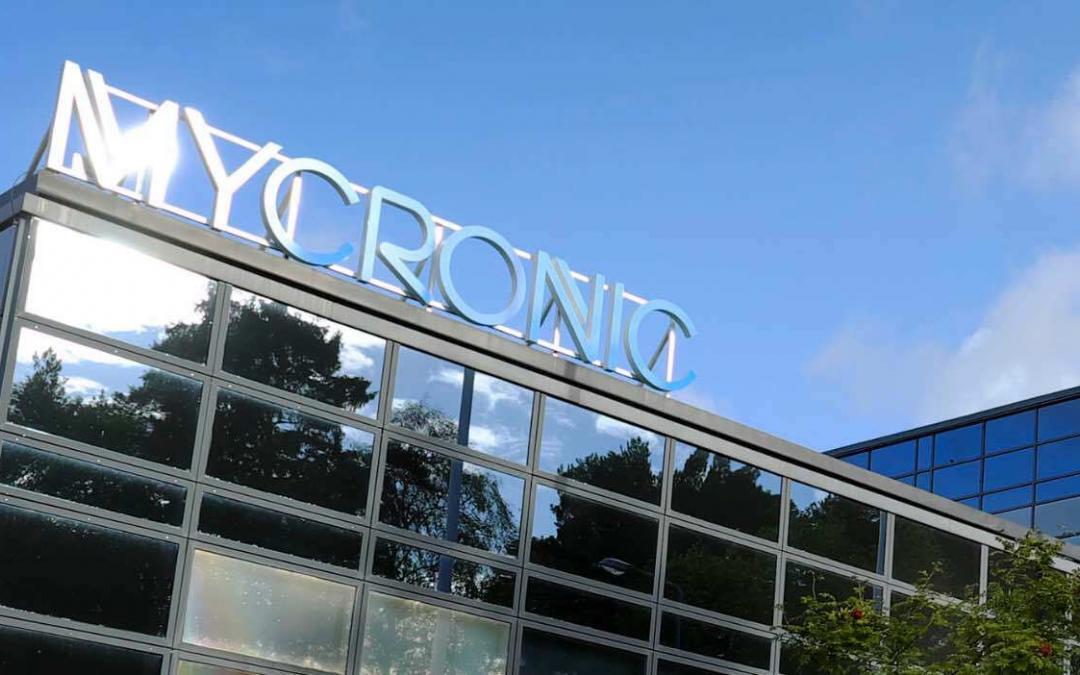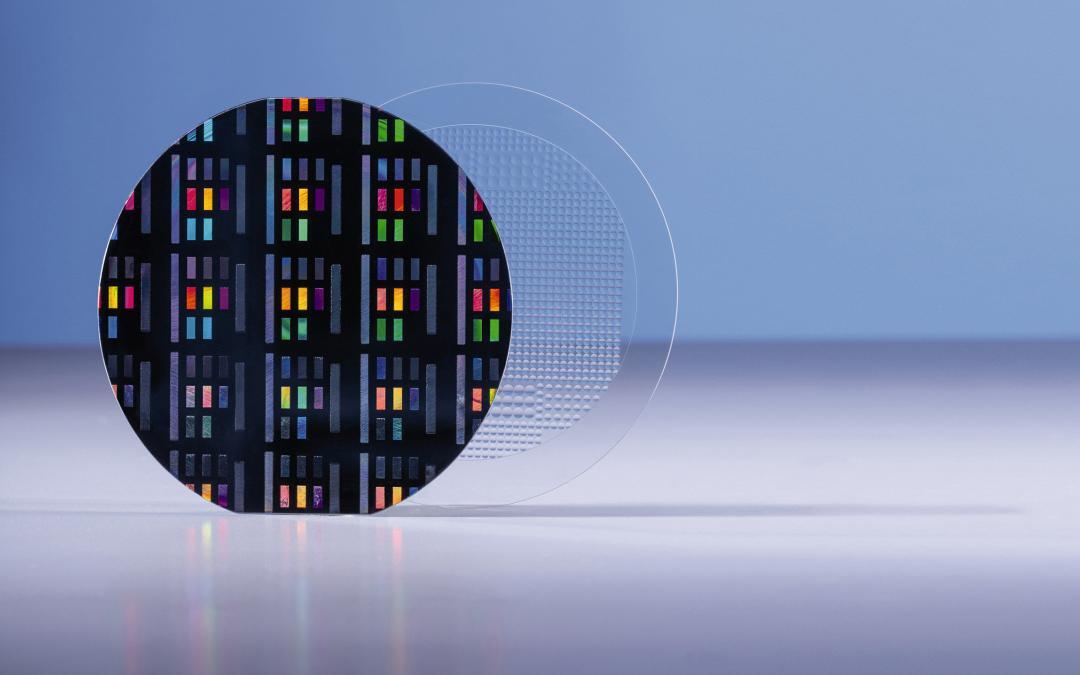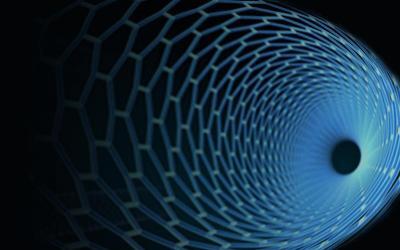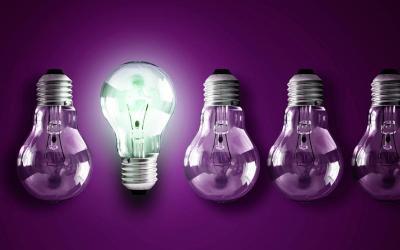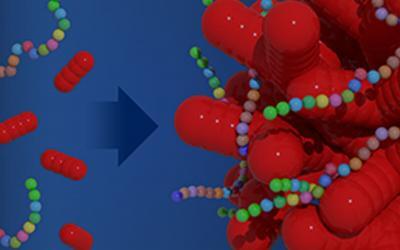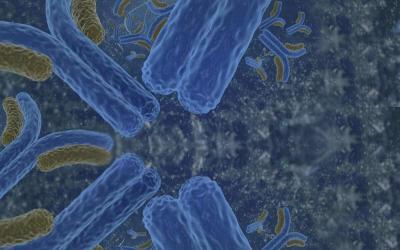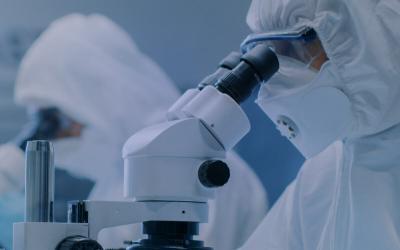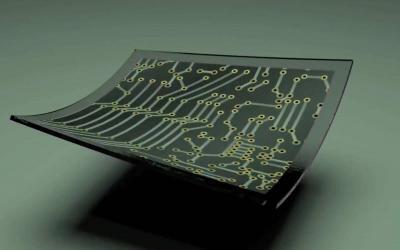Known as the global leaders in cryptocurrency mining and innovative turnkey solutions, Bit5ive LLC has been named official distribution partner of Bitmain, the industry-leading fabless manufacturer in computing chips, distributing antminers to over 30 countries in Latin and Central America plus the Caribbean. Those countries include Paraguay, Colombia, Argentina, Chile, Venezuela, Uruguay, Mexico and more.

